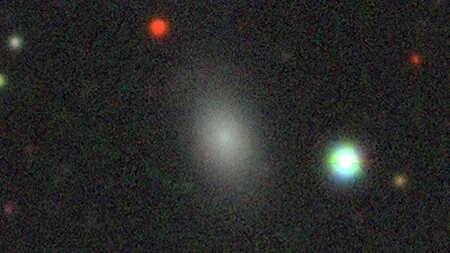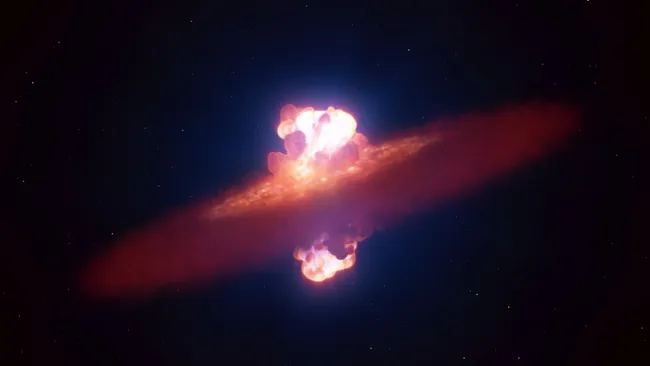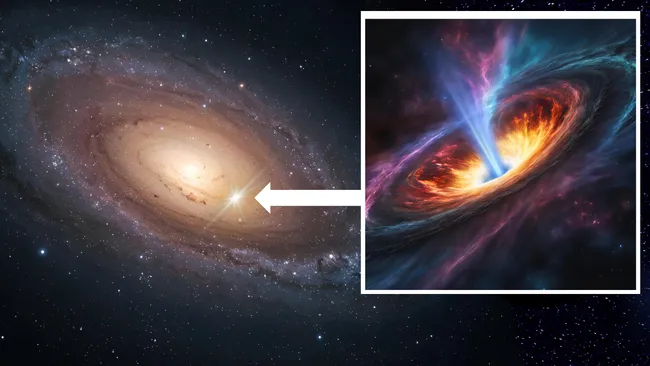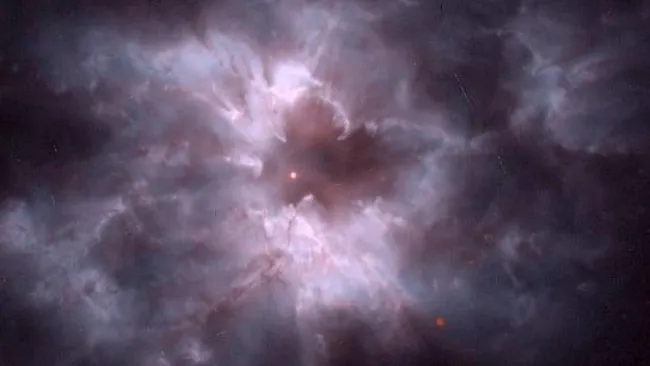Astronomers have discovered a rare, ghostly dwarf galaxy, likely a runaway dwarf galaxy expelled from its galactic group billions of years ago. Left in isolation, this cosmic castaway unveils clues about the violent dynamics of early galactic environments.
The galaxy, officially named SDSS J011754.86+095819.0 (dE01+09), stands out as an unusual system. While dwarf galaxies are typically found in dense clusters where gravitational forces strip their gas and halt star formation, dE01+09 resides more than 3.9 million light-years away from its nearest possible host, the NGC 524 group in the constellation Pisces.
“Why is this single refugee galaxy sitting there?” said Sanjaya Paudel, astronomy professor at Yonsei University in South Korea, who led the discovery. “For such an ejection to occur, it has to have had a very special, peculiar orbit.”
To locate this system, Paudel’s team trained a machine learning model on 5,000 known early-type dwarf galaxies. Using data from the Sloan Digital Sky Survey and the DESI Legacy Imaging Survey, they filtered 751 candidates, with dE01+09 emerging as the most isolated and inactive.
Researchers confirmed that no massive galaxies exist within 2.3 million light-years of dE01+09, reinforcing its unusual placement. Its radial velocity—the speed at which it moves relative to Earth—closely matches the NGC 524 group, strengthening the case that it was once part of that system.
Paudel suggests deeper observations may someday reveal faint tidal tails or structural remnants linking dE01+09 to its origins. “Maybe in the future, with deeper observations, we might find something,” he said. “But not yet.”
This runaway dwarf galaxy discovery provides rare observational evidence that galaxies in isolation today may actually be survivors of violent ejections, reshaping how astronomers interpret galactic history.







